A news on February 19, 1981 drew an attention of the whole nation that hundreds of Hindus from lower castes converted to Islam in Meenakshipuram, located in Tirunelveli District in Tamil Nadu. The news was highlighted in all media channels and sparked a debate over freedom of religion and the imposition of law against conversion by force and enticement. Members of Hindu organisations and politicians reacted and raised questions about the incident. However, although most converts reconverted to the Hindu faith, few of them continued to follow Islam and the conversion conspiracy was exposed later.
It had been reported that nearly 300 Hindu families embraced Islam, and most families belonged to the OBC Thevar community in the village. Then Bhartiya Janata Party leader Atal Bihari Vajpayee was among a large number of leaders who travelled to this hamlet to find out why the lower castes Hindus had converted to Islam. Parliament observed an uproar. As a result, the then Tamil Nadu Government formed the Justice Venugopal Inquiry Commission to probe the Meenakshipuram conversions.
After the incident, the inquiry commission investigated the conversions. It took four years to complete its inquiry. The commission, in its report, suggested a law against forced and fardulent religious conversion to be passed by the State Government, but Tamil Nadu Government put it on hold. Then Prime Minister Indira Gandhi was reportedly unhappy over the issue, and the Union Home Minister Zail Singh questioned if "a conspiracy or political motivation" was involved in these conversions.
It had also been reported that one Ayyappan, a resident of Meenakshipuram, said that he had declined an offer of Rs. 500 in cash to convince him to renounce his faith. One newspaper had also printed a photo of a currency note from a Gulf country. These notes were reportedly given to these converted people. One report claimed that mass conversions did not significantly change the economic conditions of the converts. It further claimed that very few got jobs in the Muslim countries, most in Gulf countries, but most of the landless labourers remained in their same job. As a result, after a few days, many of the converts left Islam later on. By July 1981, some of the converts returned to Hinduism. The Arya Samaj had set up a mandapam and a school building in the hamlet in 1981, soon after the mass conversions, and reconverted some Hindus. Hindu Munnani leader Ramagopalan, claimed that nearly 90 per cent of the converts, especially in Meenakshipuram, had returned to the Hindu fold. A report claimed that though originally 220 families were registered for conversions, about 40 of them changed their mind and 180 families attended the ceremony held on 19 February 1981.
It had been reported that the said 1981 mass conversion was carried out by the Ishaadul Islam Sabha of South India. This outfit later tried to convert lower castes Hindus in Ramnathapuram and Madurai districts, but the nationwide furore among Hindu outfits like the Vishwa Hindu Parishad, Hindu Munnani, RSS, Arya Samaj, Hindu Samudaya Valarchi Manram and Hindu Ottrumai Maiyam (Centre for Hindu Unity) forced the Muslim outfit to tone down its campaign and exposed the conversion conspiracy.
After nearly 15 years, Jayalalithaa, as Chief Minister, enacted the Tamil Nadu Prohibition of Forcible Conversion of Religion Act in 2002, banning all religious conversions by force, deceit or allurement. The State Assembly passed it after a heated debate, with 140 members supporting it and 73 opposing it in a House of 234. Jayalalithaa maintained that the legislation was intended to prevent vulnerable sections of society from falling prey to force and allurements.
The Act attracted Pope John Paul II’s attention. On June 3, 2003, Pope John Paul II criticised the laws against forced and fraudulent conversion enacted in some of the Indian States by saying that they were “prohibiting the free exercise of the natural right to religious freedom”. He urged the Catholic Church in India to proclaim the gospel “courageously”. Reacting sharply to the pope’s words, Jayalalithaa said he had “no authority to speak on the law that was enacted by democratically elected Governments”. The concern over the laws against forced and fraudulent conversion raised by Pope John Paul II also revealed that he was in favour of forced and fraudulent religious conversion in India. But the Tamil Nadu Act had only a short span of life. In the 2004 Parliamentary elections, in which the law had become a hot campaign issue, Jayalalithaa’s party, the AIADMK, fared badly, with the Muslims and Christians vehemently opposing it. She became victim of vote bank politics. As a result, on May 18, 2004, she repealed it through an ordinance.
However, mass conversion of Hindus to Islam in Meenakshipuram revealed that how the Islamic organisations were targeting Hindu community in Tamil Nadu. The detail investigation and commission’s reports of the respective Governments over the issue have not been available in public domain yet. Moreover, though it had been reported that the lower castes Hindus converted to Islam due to discrimination and caste-related violence, not any FIR or a complaint was registered in Meenakshipuram by those who converted to Islam.
Sources
- “Flashback: How 800 Dalit Hindus in Meenakshipuram were converted to Islam 33 years ago”, India TV, 12 December 2014.
- "Jayalalithaa's anti-conversion law causes political polarisation in Tamil Nadu", India Today, 18 November 2002.
- Averting the Apocalypse: Social Movements in India Today, Duke University Press, 1990, p. 347.
- “The shocker”, Frontline, 24 December 2014.
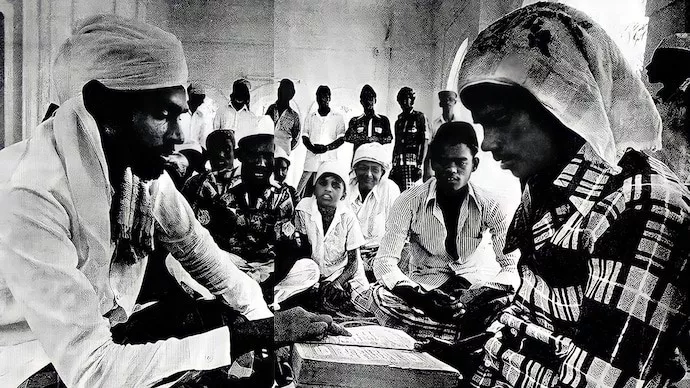
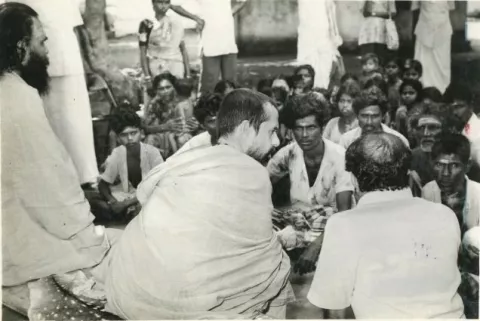


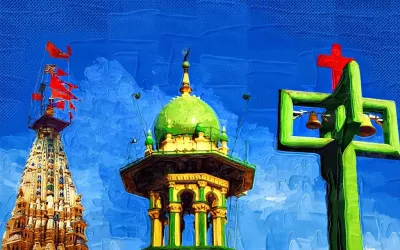
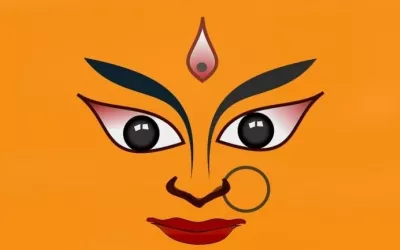

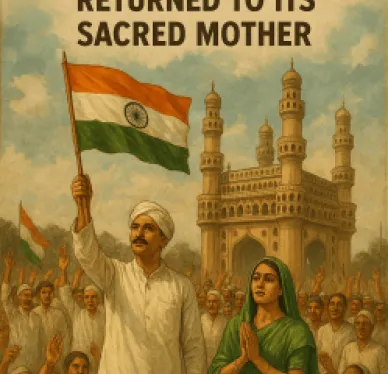
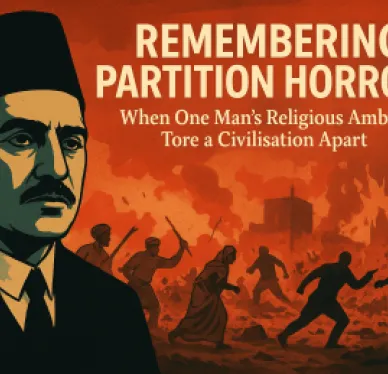
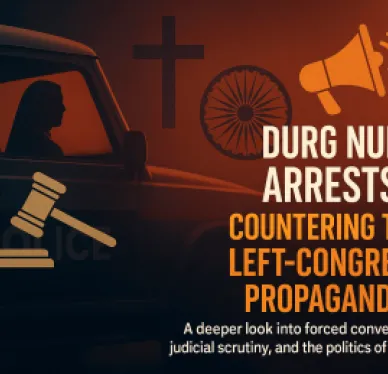
Comments
Add new comment